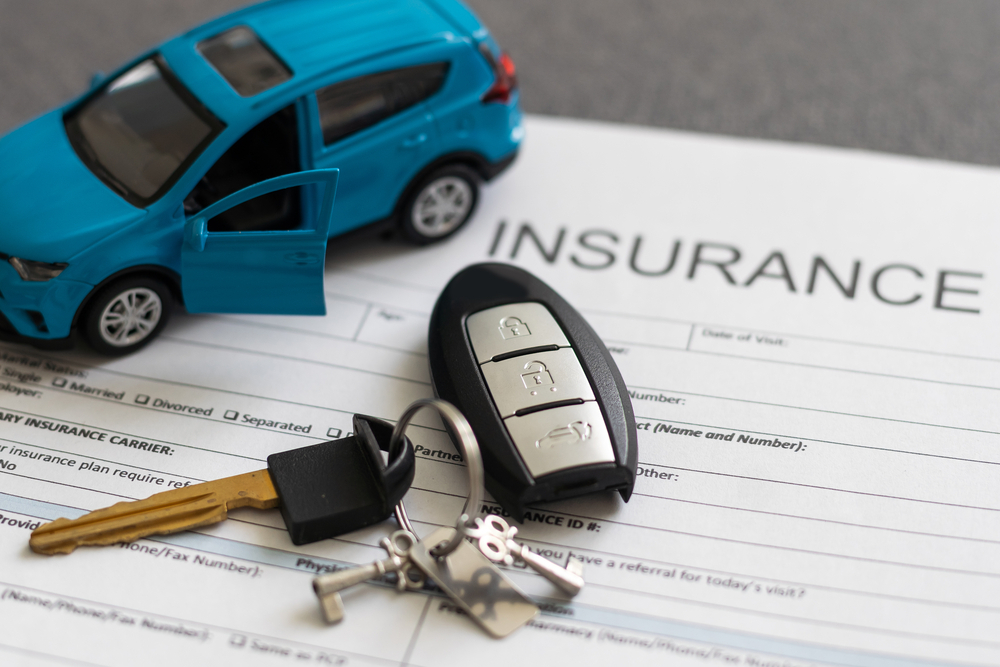If you have been involved in a car accident in New Jersey, you might be wondering how to deal with the insurance process for auto body repairs. Depending on the extent of the damage, the type of insurance coverage, and the fault of the accident, the process can vary. However, there are some general steps and tips that can help you navigate the insurance process and get your car fixed as soon as possible.
Report the accident and file a claim
The first step after a car accident is to report it to the police and your insurance company. You should call 911 and request medical assistance if anyone is injured, and a police report if the damage exceeds $500. A police report can be a valuable piece of evidence for your claim, as it can document the facts and circumstances of the accident.
You should also contact your insurance company as soon as possible and file a claim. You will need to provide them with the details of the accident, such as the date, time, location, and cause of the accident, the information of the other driver and their insurance company, and the police report number. You should also take pictures of the damage to your car and the other car, and any other relevant evidence.
Choose an auto body shop and get an estimate
The next step is to choose an auto body shop and get an estimate for the repairs. In New Jersey, you have the right to choose the auto body shop of your choice, regardless of what your insurance company or the other driver’s insurance company recommends. You should look for a reputable and professional auto body shop that is certified by well-known and trusted automotive industry organizations, such as AAA, I-CAR, or ASE. You should also look for an auto body shop that offers written warranties, free estimates, and 24/7 towing services.
Once you have chosen an auto body shop, you should take your car there and get an estimate for the repairs. The estimate should include the parts, labor, and materials needed to restore your car to its pre-accident condition. You should also ask the auto body shop how long it will take to complete the repairs, and what payment methods they accept.
Review the estimate and authorize the repairs
The third step is to review the estimate and authorize the repairs. You should compare the estimate with the coverage and deductible of your insurance policy, and see if there are any discrepancies or gaps. You should also check the type of parts that are used for the repairs, and whether they are original equipment manufacturer (OEM) parts, aftermarket parts, or salvaged parts. OEM parts are the best option, as they are made by the same manufacturer as your car, and match its quality and specifications. However, some insurance companies may only cover aftermarket or salvaged parts, which are cheaper, but may not fit or function as well as OEM parts.
If you agree with the estimate and the type of parts, you can authorize the repairs and sign a repair authorization form. This will allow the auto body shop to start working on your car and order the necessary parts. If you disagree with the estimate or the type of parts, you can negotiate with the insurance company or the auto body shop, or seek a second opinion from another auto body shop.
Pay for the repairs and pick up your car
The final step is to pay for the repairs and pick up your car. Depending on the fault of the accident and the type of insurance coverage, you may have to pay a deductible, a co-payment, or nothing at all. A deductible is the amount of money you have to pay out of your pocket before the insurance company pays for the rest of the repairs. A co-payment is the percentage of the repair cost that you have to share with the insurance company. If you are not at fault for the accident, and you have collision or comprehensive coverage, you may not have to pay anything, as the other driver’s insurance company will cover the full cost of the repairs.
Once you have paid for the repairs, you can pick up your car from the auto body shop. You should inspect your car and make sure that the repairs are done properly and to your satisfaction. You should also get a copy of the final invoice and the warranty information from the auto body shop. You should keep these documents for your records and future reference.
As you can see, the insurance process for auto body repairs in New Jersey can be complex and confusing, but it doesn’t have to be. By following these steps and tips, you can get your car fixed quickly and efficiently, and get back on the road safely.
If you are looking for a reliable and experienced auto body shop in South Jersey, you should contact Elmers Auto Body. We are the trusted auto body shop in the area, with over 40 years of experience in the industry. We offer quality auto body repair services, including collision repair, dent removal, paintless dent repair, and more. We also offer free estimates, lifetime warranties, and 24/7 towing services.
At Elmers Auto Body, we care about your car as much as you do. That’s why we use the latest technology, equipment, and techniques to ensure your car’s body is in perfect shape. Whether you need a minor touch-up or a major overhaul, we can handle it. Call us today at (856) 218-0202 or visit our website to schedule an appointment. We look forward to serving you.

